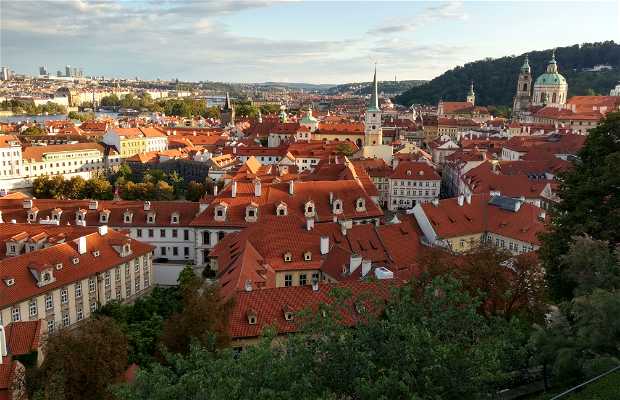One of the most beautiful cities in the world
Prague...one of the most beautiful cities in the world. If you do visit, you will enjoy centuries-long history, beautiful historic buildings, bridges over the river Vltava and numerous towers. Visit the Royal Castle, watch the parade of the Royal Guard, and see the panorama of Prague from the lookout near the royal vineyards.
You absolutely must visit the numerous beer halls in Prague and test the many types of quality beer; the most popular beer gardens are a small family breweries with limited-edition un-filtered beer.
Visit the restaurants and find a very delicious variety of Czech specialties...my recommendation is veal steak in blueberry sauce.







